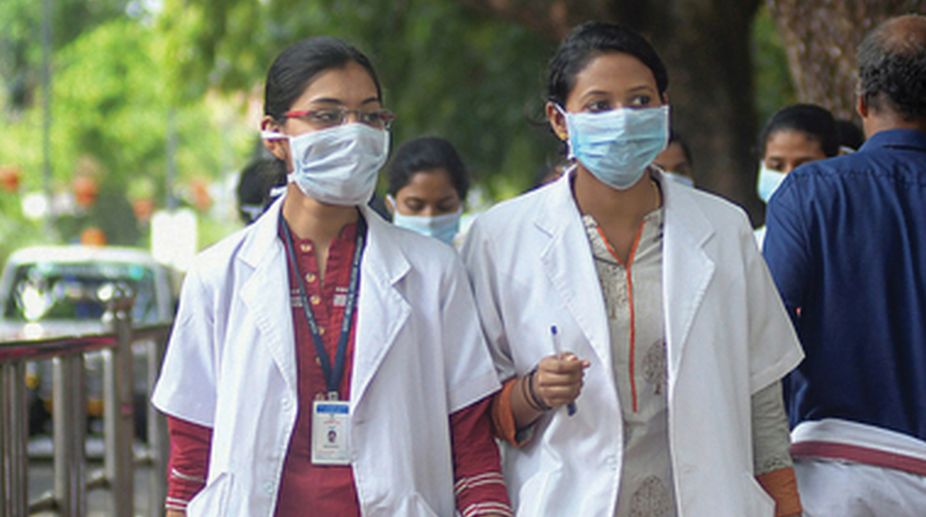J&K CM Omar Abdullah lays stress on Himachal Pradesh-type laws to protect agricultural land
The Chief Minister noted that Himachal Pradesh has adopted a strict policy in this regard and stressed the adoption of a similar policy in J&K.

Putting the state on high alert, the Himachal Pradesh Health Department has issued advisory on Nipah virus.
The advisory came in the wake of the Nipah virus having taken a toll on human lives in Kerala and also after the death of over dead bats in a school in Sirmaur district which caused Nipah virus scare in the state.
Advertisement
The incident of dead bats triggered panic among the locals in the area, after which samples were picked up and sent to the National Institute of Viral Diseases (NIVD), Pune.
Advertisement
The advisory has been issued to all the Chief Medical Officers, senior Medical Superintendents of all the regional, zonal hospitals and the Principal’s of all the six medical colleges in the state.
According to the advisory issued by the director of Health Services the symptoms involves initial presentation is non-specific, characterised by the sudden onset of fever, headache, muscle pain, nausea and vomiting. Neck rigidity and Photophobia are also seen.
The disease rapidly progresses with deterioration in consciousness leading in coma within five to seven days. The diagnosis of the disease is done with the help of ELISA test which is done at NIVD, Pune.
“As there is no approved specific therapy for this infection prevention is the only cure. The disease is treated with supportive and symptomatic care which is the mainstay of the treatment,” maintains the advisory.
The prevention includes avoiding contact with pigs and pig handlers, maintaining personal hygiene, and hand washing practices, avoiding consumption of raw fruits, consume only well-cooked homemade food till the outbreak settles down.
The advisory suggests preferable use of N95 mask while travelling or working in public p[laces to avoid person to person transmission in Nipah Virus infected endemic areas.
Be aware of the symptoms and report to the doctor immediately for early diagnosis and treatment recommends the advisory.
The health department has asked the Medical Officers, Block Medical Officers to strictly monitor all suspected cases on daily, weekly and monthly basis and the District Health Officer (Nodal Officer) ISDP to ensure daily reporting to the State Surveillance officer on daily basis.
The healthcare service providers have been directed to put emphasis on effective community participation and intersectoral coordination with the stake holder departments that include horticulture, rural development, education, Irrigation and Public Health, Public works department, Panchayati Raj Institutions and conduct Continuing Medical Education (CME) with all the stake holders time to time during transmission session.
Advertisement